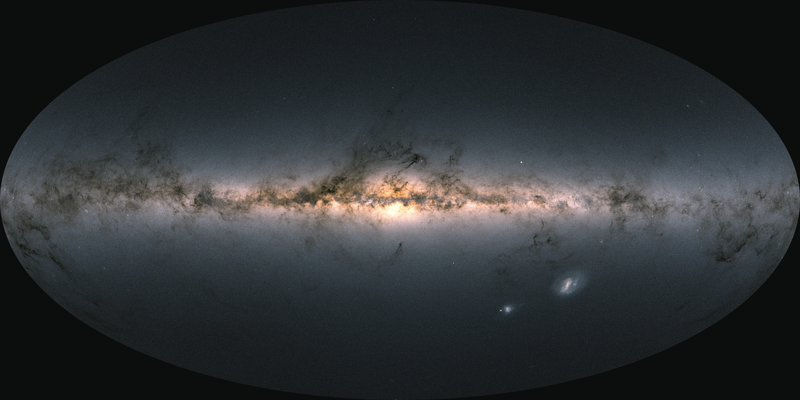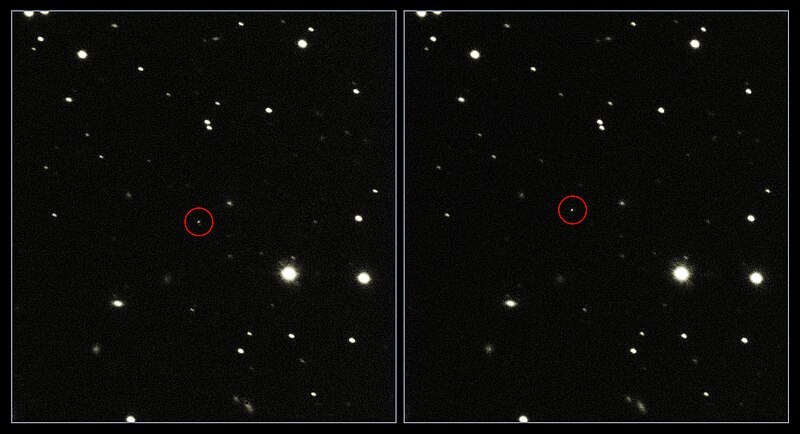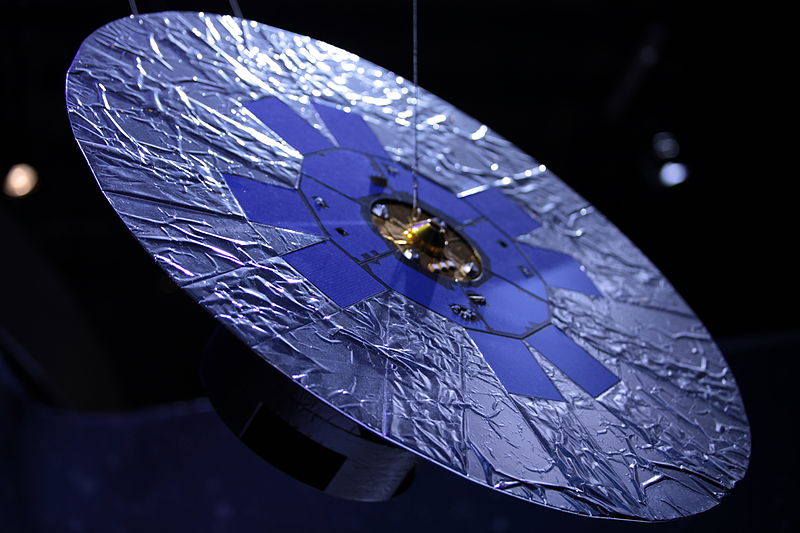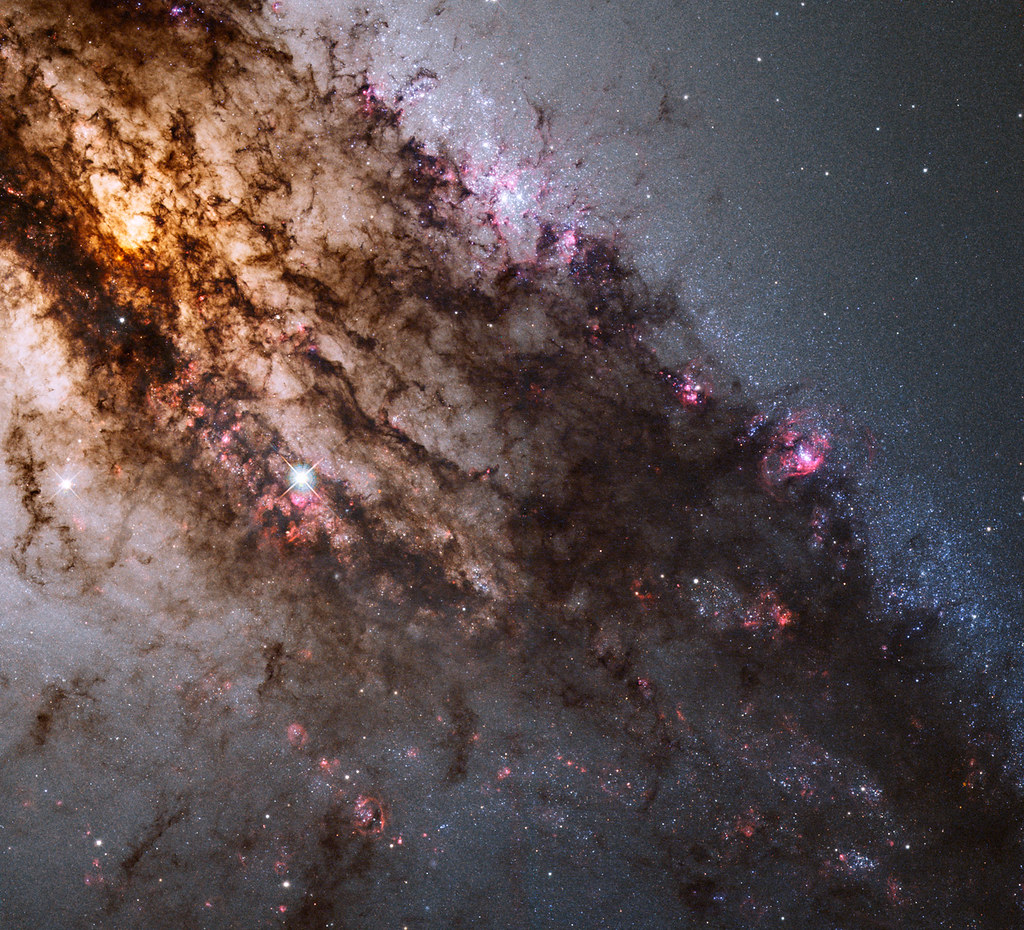
Astronomers have long gazed into the cosmos, contemplating the existence of civilizations advanced enough to envelop their stars with colossal energy-harvesting structures known as Dyson Spheres.

The very concept, first envisioned by physicist Freeman Dyson, speaks to a Type II civilization on the Kardashev scale, capable of harnessing a star’s energy on a scale beyond our current engineering and scientific understanding.

Recent research has sparked a wave of excitement within the scientific community, as a couple of groundbreaking studies have identified unusual patterns of infrared radiation from several stars—patterns that might just be technosignatures of such an advanced alien technology.

These studies analyzed data from star-gazing satellites like the Gaia satellite, Wide-Field Infrared Survey Explorer (WISE), and the Two Micron All Sky Survey (2MASS), searching for these elusive signatures amongst the myriad of celestial bodies.

One study, spearheaded by Ph.D. student Matías Suazo at Uppsala University, Sweden, meticulously developed a method to sift through the optical and infrared data, aiming to differentiate between potential Dyson Spheres and natural cosmic events.

The research team at Project Hephaistos crafted a specialized pipeline, designed to zero in on sources with anomalous infrared excesses. Their results, to be published in the Monthly Notices of the Royal Astronomical Society, were promising: from an initial five million objects, they identified seven compelling candidates.

Suazo and his colleagues remarked, “All sources are clear mid-infrared emitters with no clear contaminators or signatures that indicate an obvious mid-infrared origin.” However, the researchers are approaching their findings with caution, acknowledging that warm debris disks could potentially account for the observed infrared excess.

In a concurrent study conducted by the International School for Advanced Studies in Italy, 53 star candidates with excess mid-infrared measurements were found, raising similar hopes and the same lingering questions. Could these candidates truly be Dyson Spheres, or are they merely extreme debris disks, a result of rare cosmic collisions?

David Hogg, co-author of the second study, has pointed out that the most likely explanation for these phenomena is still a natural one, cautioning that extraordinary claims require extraordinary evidence. These studies emphasize the necessity to rule out the more prosaic before leaping to extraterrestrial conclusions.

The debate over these findings is far from over, and the scientific community is already looking ahead to further scrutiny, possibly involving the James Webb Space Telescope.

The pursuit of these anomalies could either lead to unprecedented insights into advanced alien civilizations or offer a deeper understanding of the natural complexities of the cosmos.

Irrespective of the outcomes, these investigations serve as a testament to human curiosity and the unending quest to understand our place in the universe.

For enthusiasts of both military technology and politics, the concept of a Dyson Sphere not only sparks the imagination but also prompts discussions about the potential implications such a discovery might have on global strategies and defense technologies.

This pursuit of cosmic anomalies, hidden within the vast astronomical data, continues the age-old human endeavor to discover whether we are alone in the universe, or if other civilizations have reached heights we can only dream of.

Relevant articles:
– A Study Suggests We Found Potential Evidence of Dyson Spheres—and Alien Civilizations, Popular Mechanics
– Dozens of stars show signs of hosting advanced alien civilisations, New Scientist
– A Study Suggests We Found Potential Evidence of Dyson Spheres—and Alien Civilizations, AOL.com
– Astronomers Are on the Hunt for Dyson Spheres, University of Arizona

